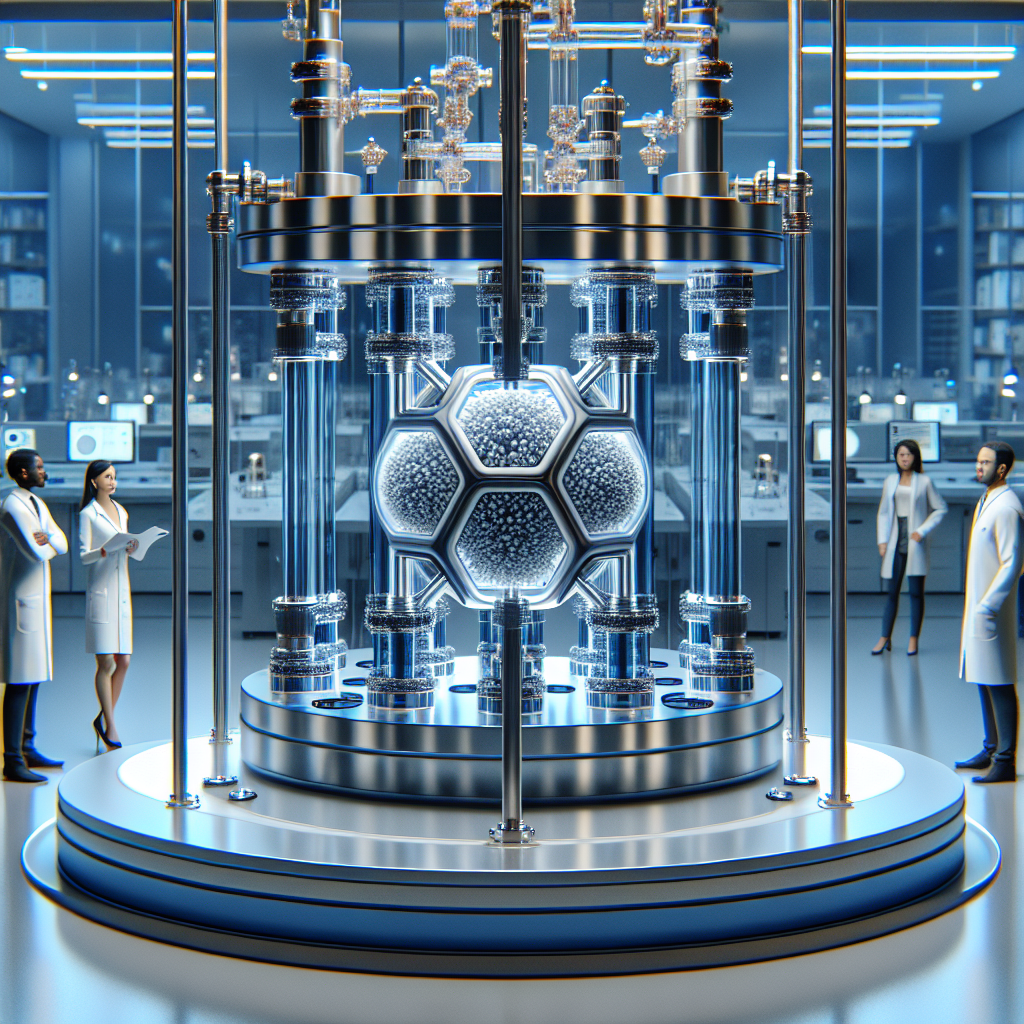
New Reactor Design Enhances Lithium Extraction from Geothermal Brines
**Rice University's researchers, led by Lisa Biswal and Haotian Wang, have introduced a groundbreaking electrochemical reactor designed for efficient lithium extraction from natural brine solutions.** This innovation, detailed in the _Proceedings of the National Academy of Sciences_, could significantly impact renewable energy storage and electric vehicles by addressing the growing lithium demand. Traditional lithium extraction methods face challenges such as high energy requirements and difficulty separating lithium from chemically similar ions in brines, which often leads to considerable energy consumption and chemical waste. Furthermore, high concentrations of chloride ions in brines pose safety risks due to potential chlorine gas production. **The Rice engineering team's novel three-chamber reactor confronts these issues with a unique design.** A middle chamber with a porous solid electrolyte functions like interconnected highways to control ion flow, while a cation exchange membrane prevents chloride ions from reaching the electrode area, thus reducing hazardous byproducts. The reactor's standout feature is a lithium-ion conductive glass ceramic (LICGC) membrane, which selectively allows lithium ions to pass while blocking others, leveraging the material's high ionic conductivity and selectivity — a novel application beyond its usual use in solid-state lithium-ion batteries. **Achieving a lithium purity rate of 97.5%,** the reactor also minimizes chlorine gas production, making the process safer and environmentally friendlier. However, the team identified a challenge: sodium ions tend to accumulate on the LICGC membrane over time, potentially impeding lithium transport and increasing energy consumption. Strategies, such as reducing current levels, are suggested to counteract this issue, with further research proposed to optimize reactor performance. **This development is seen as a potential game changer for lithium extraction** from geothermal brines, offering a cleaner, more efficient, and faster method which is crucial for sustaining lithium supply for renewable technologies. The research underscores the power of combining science with engineering to solve complex real-world problems, with significant contributions from Rice's Department of Chemical and Biomolecular Engineering and the SIMS Laboratory.